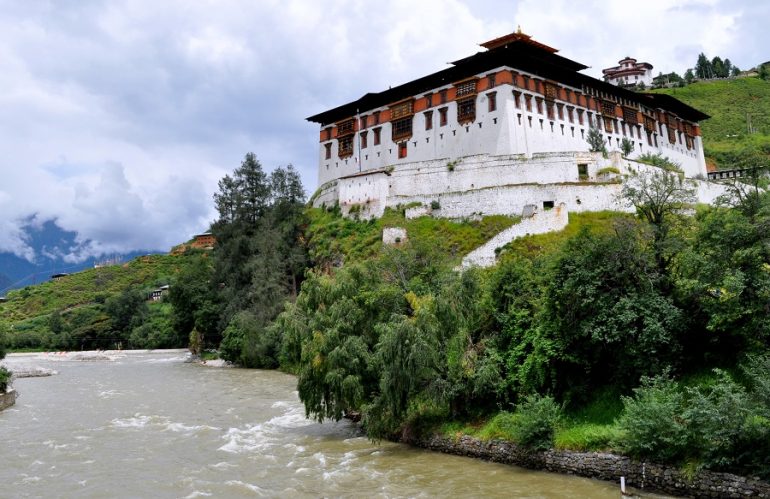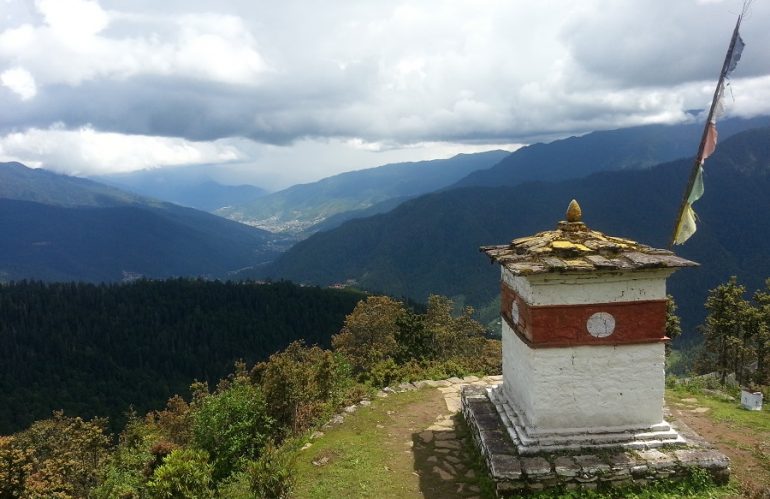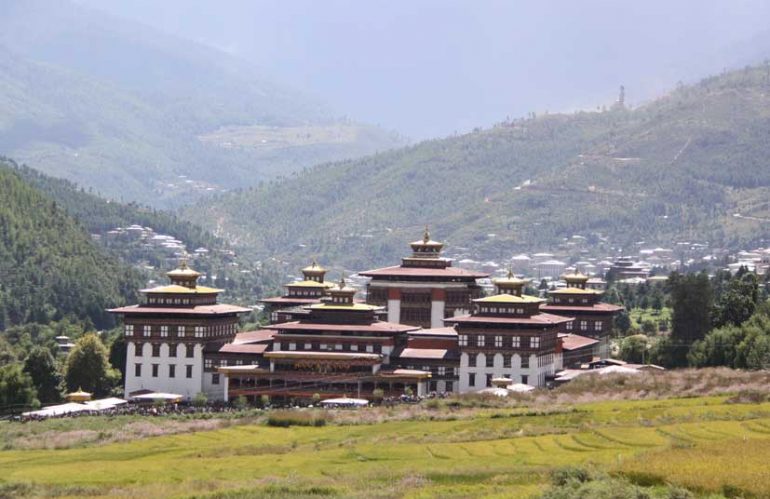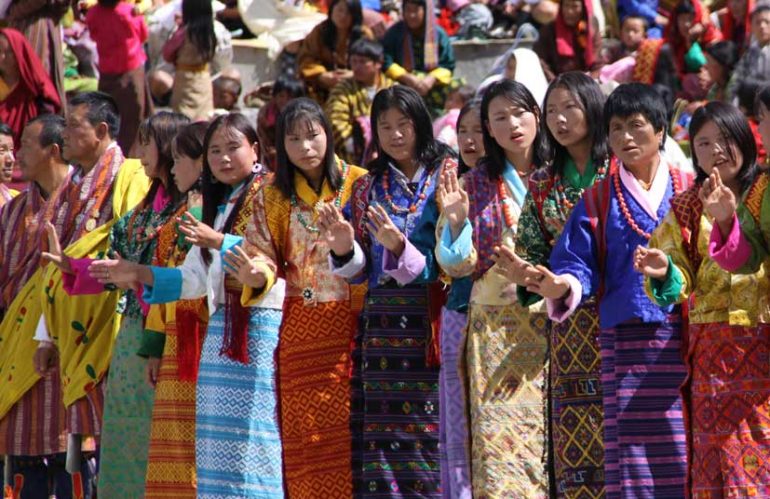Fixed Carbon : 72 % MIN Ash : 20 – 22% MAX Volatile Matter : 04 – 4.5% Sulphur : 0.5 % Max Other Minerals : 1.0 % Max Low Ash Metallurgical Coke is designed for the requirement of Blast furnace, Ferro alloys Industries, Foundries, Zinc melters and has advantages like consistency in quality, sizing …
Blog
LAMC
Low Ash Metallurgical Coke (LAM Coke/MET Coke) is solid carbonaceous material obtained from destructive distillation of low ash, low sulphur Bituminous coal. Coke is formed when the coal is heated in the absence of air. The residue obtained from the carbonization of a non-coking coal such as sub Bituminous coal. Lignite or Anthracite is normally …
Bhutan First Ferro Silicon plant
Bhutan First Ferro silicon first furnace of 28.5MVA capacity was set up during October 1994. The main smelting furnace and its auxiliary equipment were procured from Elkem Technology, Norway, one of the leading manufacturers of furnace equipment in the world. The plant is being operated since 1995. With the growing demand of Ferro Alloys all …
Low Ash Metallurgical Coke
Low ash metallurgical coke is largely manufactured from imported low ash coking coal with ash < 9%. Low ash metallurgical coke is used as a fuel in the iron and steel industry. In foundries, coke is used in Cupola and in the iron and steel industry, it is used in blast furnace and ferro alloy …
Low Ash Metallurgical Coke
Metallurgical coke is made from low ash, low sulfur bituminous coal, with special coking properties, which is inserted into ovens and heated to 1000F to fuse fixed carbon and inherent ash and drive off most of the volatile matter. The final product is a nearly pure carbon source with sizes ranging from basketballs (foundry coke) …
Raw material for Ferro silicon plants in Bhutan
A) Quartz – A type SiO2Thermal Stability Pure whiteSize B) Charcoal Fixed CarbonAsh V.M Size Quartz – B type 99.5% min. SiO2 10% max (-25 mm generations)Thermal Stability 98.5% min.10% max (-25 mm generations) 10 to 100 mm C) Mill Scale / Gas CuttingsFe 70% min Al 0.5% max
Priority Sector for FDI in Bhutan
The sectors open for investments are manufacturing and services. These shall be governed by project specific agreements (if any) and sector specific policies, standards and procedures. Following two tables lists the priority areas in manufacturing and services under FDI which shall be fast tracked for approval and clearances. Priority in Manufacturing: Sl No. Sector Minimum …
Investment Climate
The World Bank’s in its Investment Climate Assessment on Bhutan in 2010 has assessed Bhutan as being in a more favourable position than other South Asian countries. The investment climate in Bhutan is characterized by good progress in human development, good governance, stable political and very low-corruption environment and good labour productivity. Also the education …
Investment Opportunities
Mines and Minerals Bhutan has mapped and prospected only about 33% of the country in 1:50,000 scale. Past exploration has confirmed reserves of industrial minerals like limestone, dolomite, gypsum, quartzite, graphite, talc etc and metallic minerals like tungsten, lead-zinc and copper. There is potential for further discovery of minerals in the unexplored parts of the …
Bhutan – Country Background
Land Area 38,394 sq. km Forest Cover 70.5 % Population 2012 (Projected) 720,679.00 Population Growth Rate 1.3% Density of population 18.91 people per sq. km Capital Thimphu Main cities (map attached) Thimphu (The capital) Punakha (The old capital) Samdrup Jongkhar (One of the most important trading town for eastern districts of Bhutan) Trongsa (Bhutan’s most …



